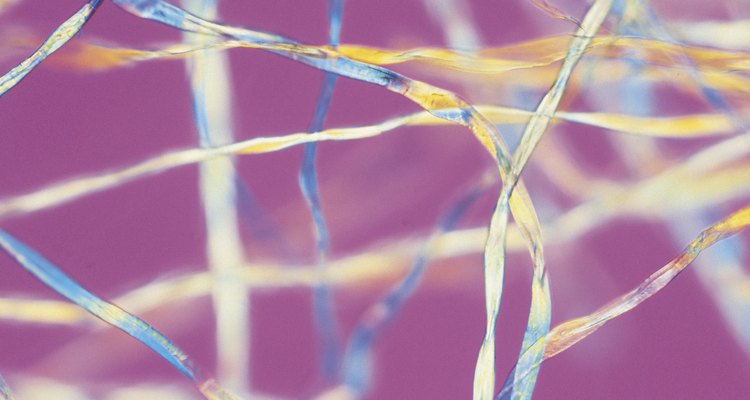
Comstock Images/Comstock/Getty Images
Advantages and disadvantages of natural fibers in general relate to durability, fiber strength and commercial acceptance. Other considerations include cost, the renewable nature of natural fibers compared to synthetics, lack of skin irritations and the biodegradability of natural fibers. Disadvantages include supply and demand cycles based on product availability and harvest yields, moisture absorption, and quality variations based on growing sites and seasonal factors.
Cotton Considerations
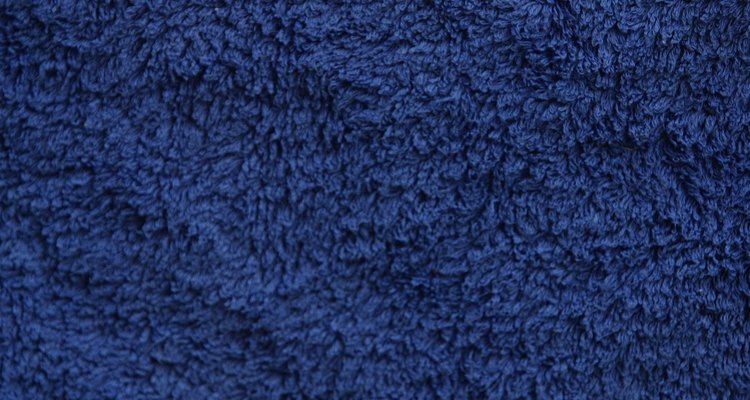
Photos.com/Photos.com/Getty Images
Cotton is easily woven, reflects light and is a cool fiber. It can be worn and washed numerous times and dries quickly. Cotton fibers are well known, with high consumer acceptance. Cotton is highly absorbent, feels soft and is breathable. However, despite all these advantages, cotton wrinkles easily. Additionally, while cotton is one of the most widely traded natural fibers, it runs up against cost concerns in competition with other materials. In the article "Harvesting the Benefits of Natural Fibers" in Nonwovens Industry magazine, technical manager Chuck Allen said customers want new uses, "but are not willing to pay any extra for it."
Other Natural Concerns

Jupiterimages/Creatas/Getty Images
Wool, linen and silk all have strengths and weaknesses, depending on how they are used. Wool is hardy, but it also tends to shrink when not cleaned according to instructions. Taken from live animals, wool is generally more expensive than cotton. Linen shares the cool quality of cotton, but does not dye easily. Silk is soft, sheer, strong and easily soaks up dyes. But even with its strength, silk is a delicate fabric that can fade easily. It takes more care when washing and cleaning, as cleaning fluids can weaken the fibers.
Industrial Natural Fiber
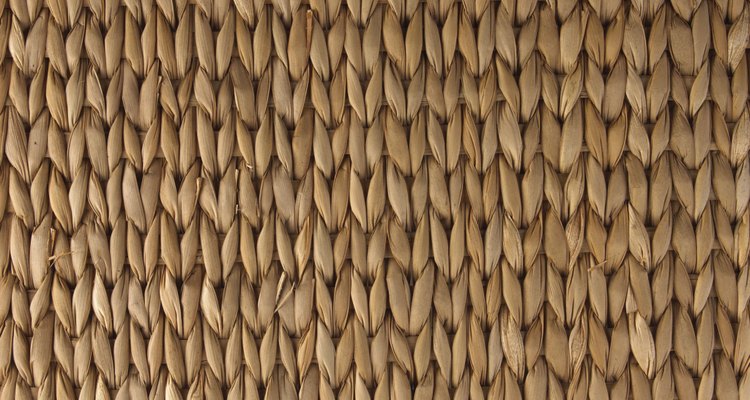
Brand X Pictures/Brand X Pictures/Getty Images
As society moves away from using natural fibers for clothes and furniture fabrics, hemp fibers are becoming an option in industrial fiber use. Hemp fiber has high staple strength and low cost, according to Canadian supplier Hempline. It is used as a reinforcement fiber in automotive and construction products. A chief drawback is consumers' lack of familiarity with hemp fiber. Staple strength can be too strong for some applications. Hempline processes the fiber to different strengths to broaden its appeal and market acceptance.
Related Articles

Characteristics of Polyester & Cotton

How Much of the World's Clothing Is ...

Description and Characteristics of ...
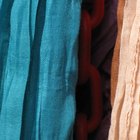
Fake Vs. Real Pashmina

About Polyester Cotton Blend

The Disadvantages of Silk

What Are the Advantages & Disadvantages ...
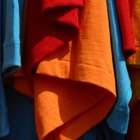
The Difference in Lycra & Cotton
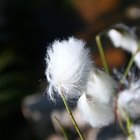
What Types of Fabrics Absorb Dye Best?

Types of Synthetic Hair

Natural Vs. Synthetic Clothing
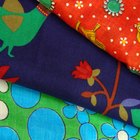
What Is Arnel Vintage Material Fabric?
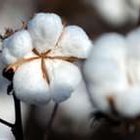
Nomex Vs. Indura Cotton
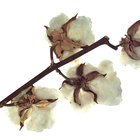
Uses of Cotton Fabric

Spandex vs. Polyester

The Advantages of Wool Clothing

What Is Pinpoint Cotton?

Definition of Polyester Staple Fiber

What Is Synthetic Hair Made Of?

Staple Foods in Africa
References
Photo Credits
Comstock Images/Comstock/Getty Images